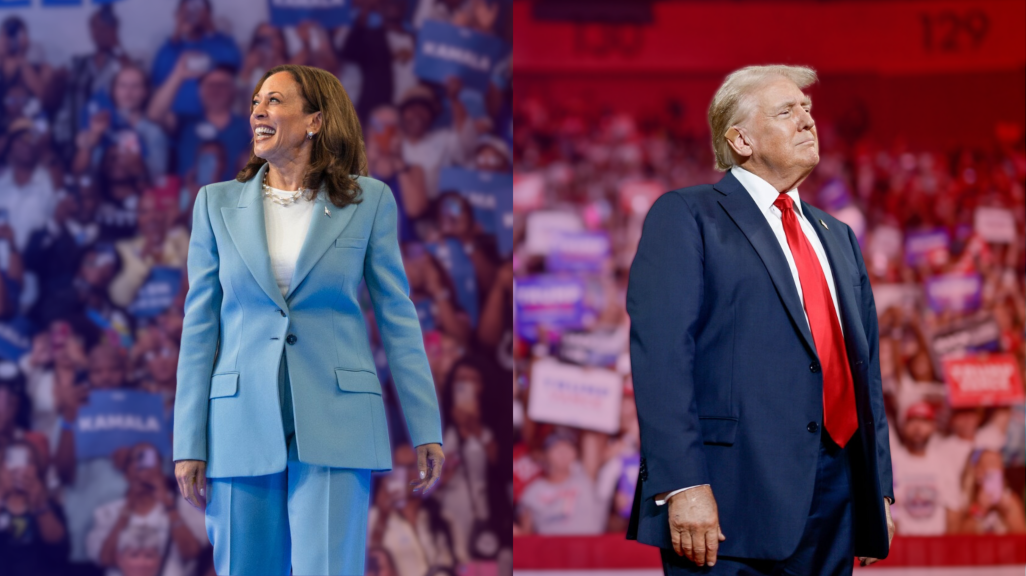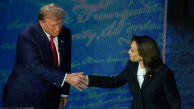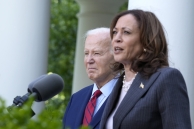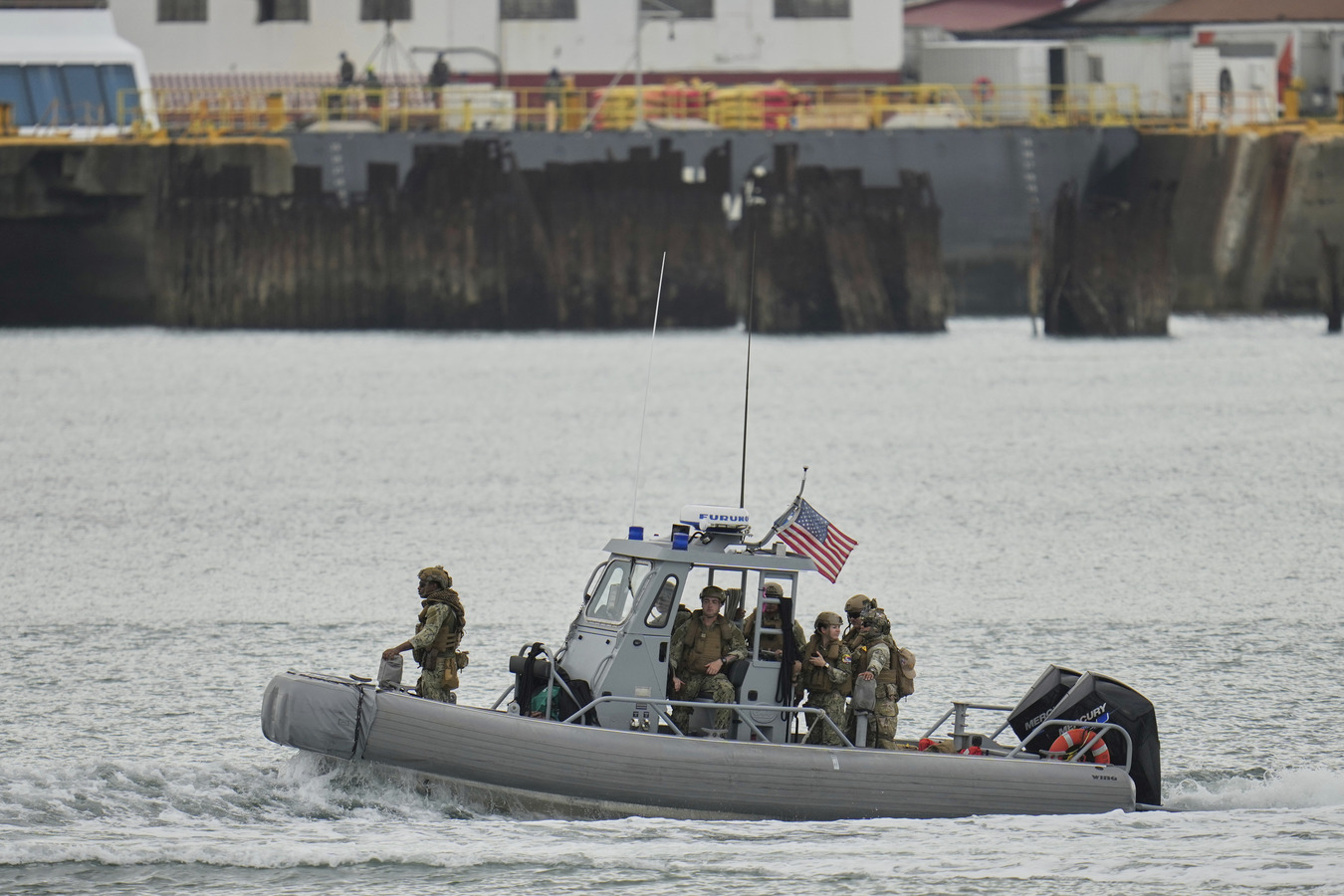Comparing Kamala Harris and Donald Trump on Latin America
Comparing Kamala Harris and Donald Trump on Latin America
What are the U.S. presidential candidates’ records on the region? And how might they approach issues like immigration and trade if elected?
This article was originally published on September 10, 2024 and has since been updated.
On September 10, the two major U.S. presidential candidates—Democrat Kamala Harris and Republican Donald Trump—faced off in their first, live televised debate. While only two Latin American countries, Mexico and Venezuela, were referenced by name, the region loomed large in the discourse, with candidates addressing the U.S. southern border, the trade deficit, and the potential for broad based tariffs. Immigration, in particular, featured heavily in the 90-minute debate. In August 2024, respondents to a Gallup survey rated immigration as the single most important problem in the United States.
Both candidates have experience with Latin America. As president, Trump renegotiated the U.S.-Mexico-Canada Agreement and traveled to Buenos Aires for a G20 meeting. And, he’s cultivated relationships with leaders like Argentine President Javier Milei and Brazilian ex-President Jair Bolsonaro.
As vice president, Harris spearheaded a major U.S. initiative related to Central America and traveled to Mexico to meet with President Andrés Manuel López Obrador.
Where do the candidates now stand on the U.S. relationship with Latin America? AS/COA Online compares the nominees on issues like immigration policy, trade agreements, and the crisis in Venezuela.
¿Cuál es el historial de los candidatos en temas relacionados a la región? ¿Cómo podrían abordar asuntos como la inmigración y el comercio si son elegidos?
From Title 42 to TPS, learn about major U.S. policies affecting Latin American migrants and asylum seekers.
Top political consultants Dough Sosnik and Russ Schriefer tell AS/COA’s Eric Farnsworth why migration at the U.S. Southern border may define the 2024 vote.
Joe Biden has endorsed his vice president to be the Democratic nominee. What are her positions on hemispheric issues?
Many countries in the Americas have not recognized Nicolás Maduro’s declaration of victory and most are calling for the release of full results.














